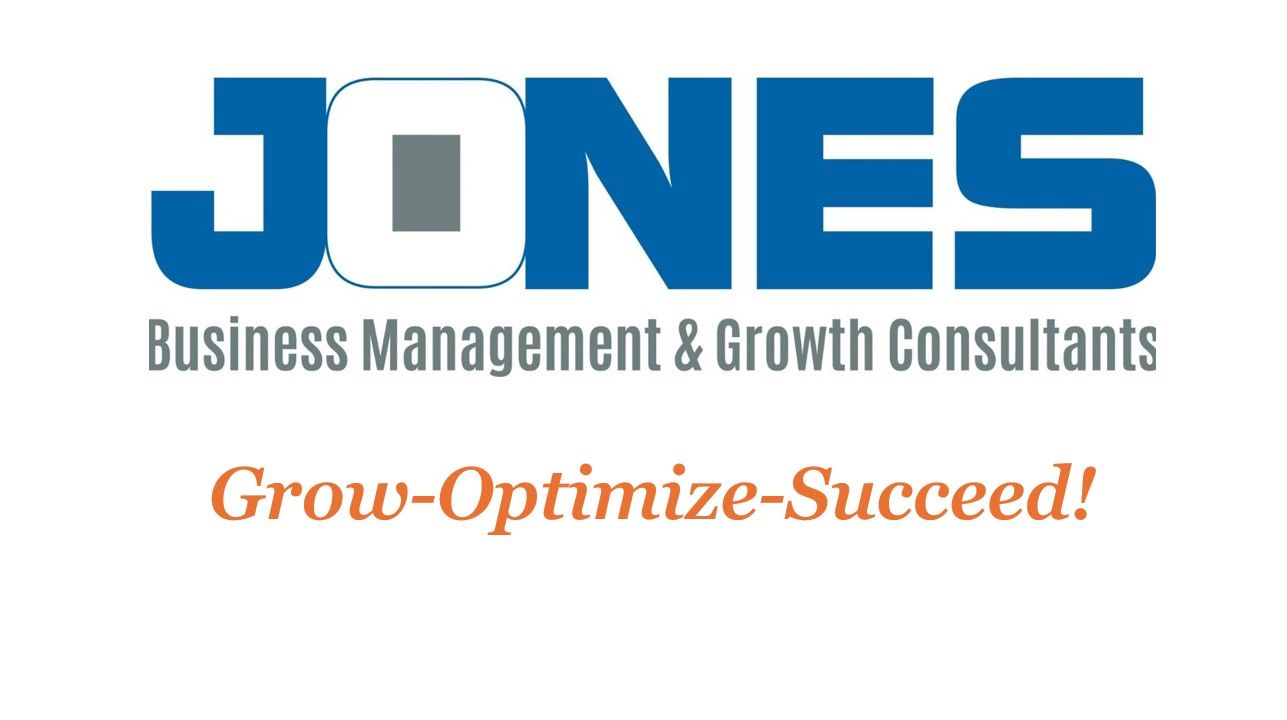Stop Competing on Price:
Daniel Jones • March 6, 2025
How to Win More Landscaping Clients Without Cutting Profits

"I don’t know what to charge, so I just match my competitors."
Sound familiar? If you’ve ever struggled with pricing, you’re not alone. Many landscapers believe that in order to win jobs, they have to stay competitive by keeping their prices in line with what others charge.
🚨 But here’s the hard truth: Competing on price alone is a race to the bottom.
You’re not just selling lawn care. You’re selling trust, convenience, quality, and professionalism. And when you compete on value instead of price, you attract better clients, higher profits, and long-term success.
📉 The Problem with Pricing Based on Your Competitors
Let’s break down why this approach doesn’t work:
❌ You have no idea if your competitors are even making money.
Many landscaping businesses set their prices too low—not because they’re trying to be aggressive, but because they simply don’t know their numbers. If you copy them, you could be copying a failing business model.
❌ You attract the wrong kind of clients.
Price-driven clients will leave you the second they find someone cheaper. Instead of looking for quality, they’re just looking for a deal. These are the clients who:
✔ Try to haggle you down on price.
✔ Don’t value your expertise.
✔ Call every landscaping company in town looking for the lowest bid.
❌ You can’t build a scalable business.
When you’re stuck competing on price, you’re constantly working harder for less money. Even if you land more jobs, the margins are so tight that you barely make a profit.
🚨 If you want to grow a successful landscaping business, your goal shouldn’t be to be the cheapest—it should be to be the best.
💡 The Mindset Shift: Compete on Value, Not Price
The best landscaping businesses don’t play the pricing game. Instead, they charge what they’re worth and focus on delivering a better experience.
✅ What Does Competing on Value Look Like?
1️⃣ Clear & Consistent Communication – Clients will pay more for a landscaper who answers the phone, shows up on time, and follows through on promises.
2️⃣ Professionalism – Branded trucks, uniforms, and professional invoices make you stand out as a real business—not just another “guy with a mower.”
3️⃣ Reliability & Convenience – Offering easy online booking, automated payments, and predictable scheduling adds value that customers appreciate.
4️⃣ Educating Your Clients – Position yourself as the expert by explaining why your service is better (e.g., proper mowing techniques, high-quality materials).
5️⃣ Customer Experience – A smooth, hassle-free process keeps clients happy and coming back.
✅ When you compete on value, price becomes secondary. Clients are happy to pay more for a company that gives them a great experience.
💰 Setting the Right Price for Your Business
Instead of guessing or copying competitors, you should be pricing based on:
✔ Your actual costs (labor, fuel, equipment, insurance, etc.)
✔ Your desired profit margin (aim for at least 30-40%)
✔ Your market positioning (Are you the budget option, mid-tier, or premium?)
💡 Example:
If you want to make a 30% profit margin and your costs for a mowing job are $60, you shouldn’t charge $65 just because the other guy does. You should charge at least $85 to ensure you’re making a profit.
🚀 The Takeaway: Be Confident in Your Pricing & Your Value
📌 The right clients don’t hire you because you’re the cheapest. They hire you because you’re the best fit for their needs.
💬 Ask yourself:
✅ Am I delivering an experience that justifies my price?
✅ Am I communicating why my service is worth the cost?
✅ Am I pricing for profit, or just trying to win jobs?
📌 If you want to break free from the price war and build a truly profitable landscaping business, I can help.
💡 Here’s Your Next Step:
🔹 Join my Skool Community
($49/month) for training on pricing, marketing, and growth strategies.
🔹 Book a free strategy call
and let’s fine-tune your pricing & positioning:
🚀 Stop playing the price game. Start running a business that works for YOU.

Most landscapers track total sales, but sales alone do not tell you if you are winning or losing. You can have a record-breaking revenue month and still come up short on profit. The number that actually tells the truth is revenue per hour — how much your business earns for every production hour you work. Why Revenue per Hour Matters Every business only has so many production hours each week. Those hours are your inventory. When you fill them with low-profit jobs or inefficient routes, you waste your most valuable resource. Revenue per hour measures how efficiently you turn your crew’s time into money. It exposes what your “busy” really earns. What It Reveals Underpriced work : Jobs that seem fine on paper but drag down hourly return. Inefficient routes : Too much windshield time and not enough production. Wasted labor : Crews that take longer than the estimate or lack clear systems. Profit leaks : Jobs that look big in revenue but small in margin. When you track revenue per hour, you start spotting which jobs and services actually make sense — and which ones are quietly draining you. How to Calculate It Take your total revenue for a job, route, or week. Divide it by the total billable production hours your crew worked. The result is your Revenue per Production Hour (RPH) . Compare that to your break-even hourly rate — the amount you need to cover all labor burden, overhead, and profit. If your RPH is not comfortably above that number, the job is not profitable. How to Use It Drop or reprice the lowest RPH clients. Focus your marketing on the most profitable service types. Route for density so drive time does not eat production time. Reward crews that consistently hit higher RPH with efficiency bonuses. This is how smart landscapers grow. They do not just add more clients — they make each hour worth more. Your Next Step If you are ready to stop chasing revenue and start maximizing profit, learn how to track and raise your Revenue per Hour using real numbers. Inside my Pricing Fix Sprint , I teach landscapers how to calculate their break-even rate, identify profit leaks, and make every job count. 👉 Join the Pricing Fix Sprint here and start making every hour work harder for you.









